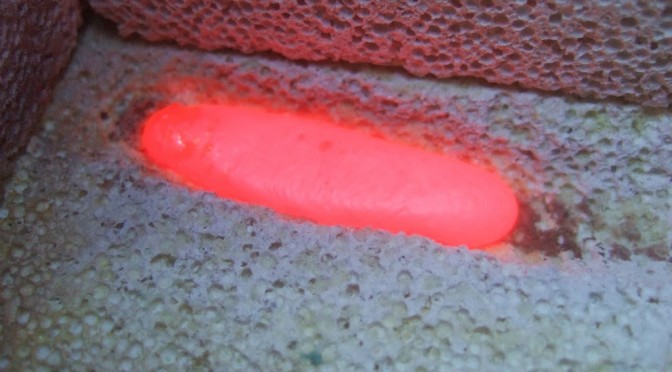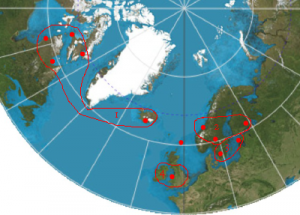I was contacted recently by a descendent of Alexander Grant of Shewglie, the early 18th century poet, piper, harper and fiddler. Alex Grant was a very interesting character, heavily involved in the Jacobite risings. He is said to have been a good poet or songwriter, but as far as I can see none of his poems survive. We know some details about two of them, but we dont have the text of either.
Grant composed a song in welcome to Charles Edward Stewart; it begins
Do bheatha Thearlaich Stiubhart,
Do bheatha do ar duthaich
which means basically, “welcome, Charles Stuart, welcome to our place”. Keith Sanger (West Highland Notes & Queries 20, March 1983) suggests it may be in a manuscript belonging the National Library of Scotland (no. 6 of the MacNicol collection, MS Acc2152), but this manuscript appears to be missing from the library.
Grant also composed a song, a “contest betwixt his Violin, Pipe and Harp”. The tune of this, and also an English paraphrase of the words, was published in Simon Fraser’s book in 1816. We are told that the fiddle is addressed as “Mairi nighean Dheorsa” (Mary the daughter of George), and this seems to have been also a title of the tune.
I think the tune is an older traditional song air; Allan MacDonald in his Thesis connects it to the pipe “March for a Beginner” in Joseph MacDonald’s Complete Theory. Perhaps more intriguingly, the tune is said to have been used for other songs in the 18th century, a poem by Ardnabi in praise of a fiddle, Mairi nighean Dheorsa, and another famous poem in praise of MacCrimmon’s bagpipes. What is the connection between this tune and the name Mairi nighean Dheorsa given to a fiddle? The later Ardnabi poem not only uses the name for the fiddle but also says that the air to be used when singing the poem is “Mairi nighean Dheorsa”. Did both Ardnabi and Grant pick up an older tune called Mairi nighean Dheorsa and use it to praise their fiddles, or did Grant pick up an older generic song air and attach it to the Mairi nighean Dheorsa name and theme?
Here’s my version of it. I decided to pick up on the themes of Fraser’s paraphrase of Grant’s song, so the first and fourth of my verses are fairly straight from Fraser’s fiddle score; for verses two and three I have improvised a pipe-style and a harp-style interpretation of the melody.
It’s also interesting to think that Alexander Grant, of Shewglie in Glen Urquhart, was a contemporary of Raghnall Mac Ailein Óig, of Morar; both are said to have played pipes, fiddle and clarsach.














